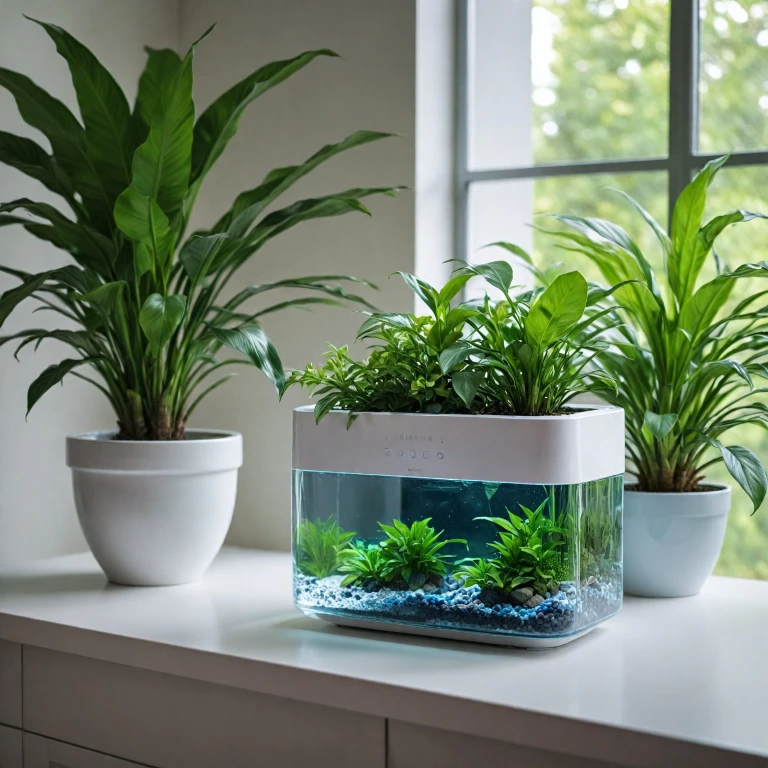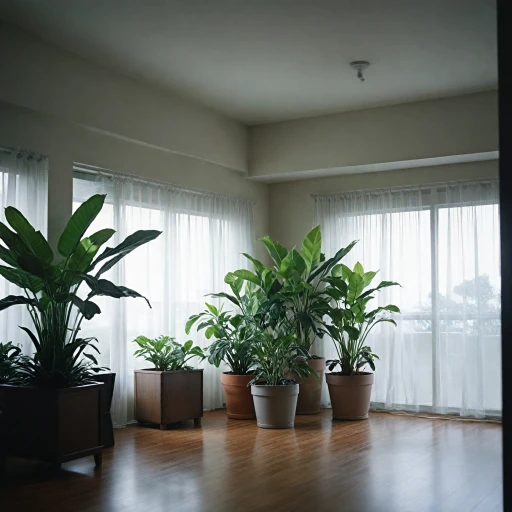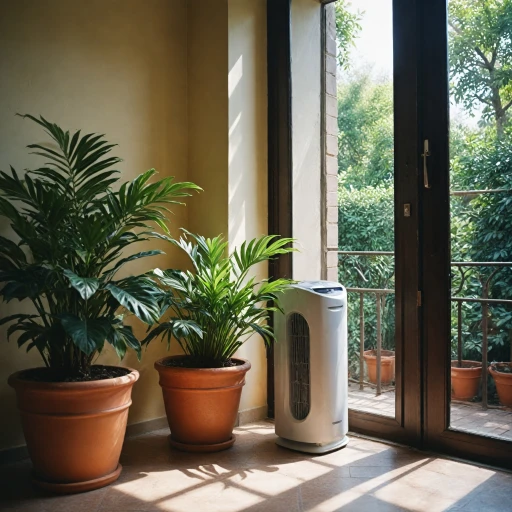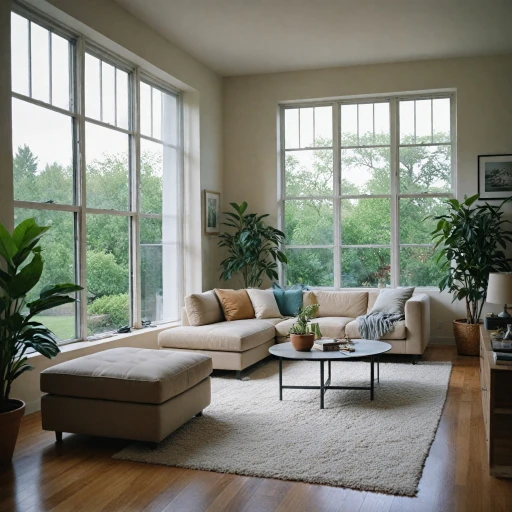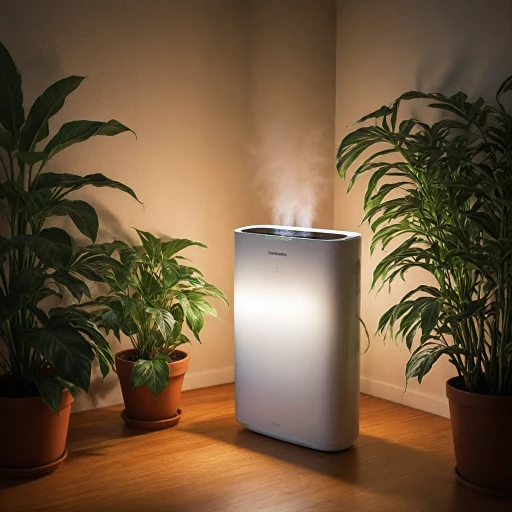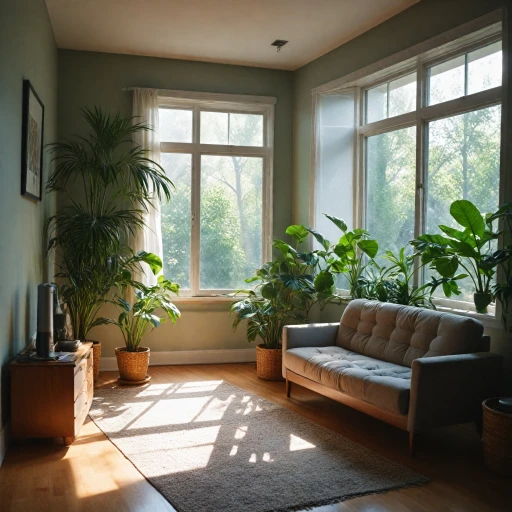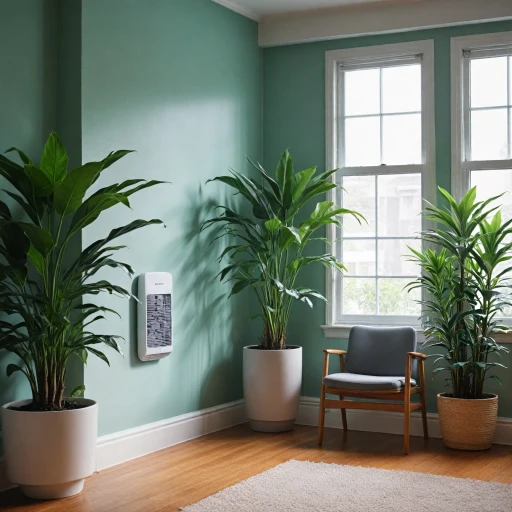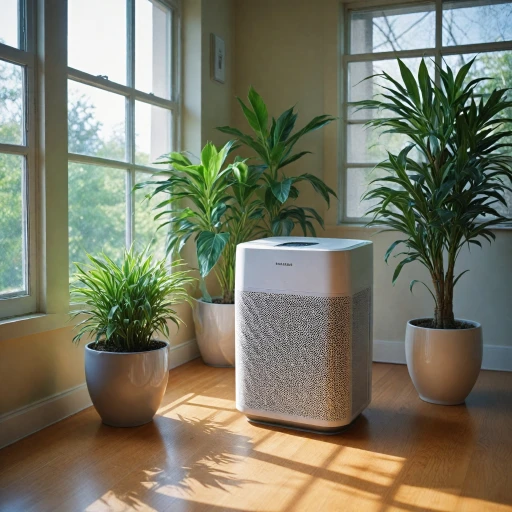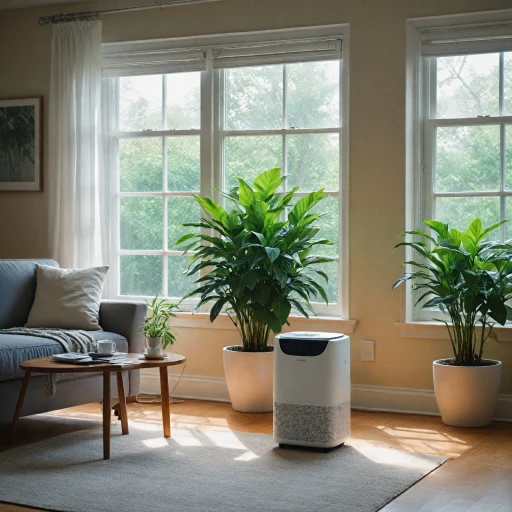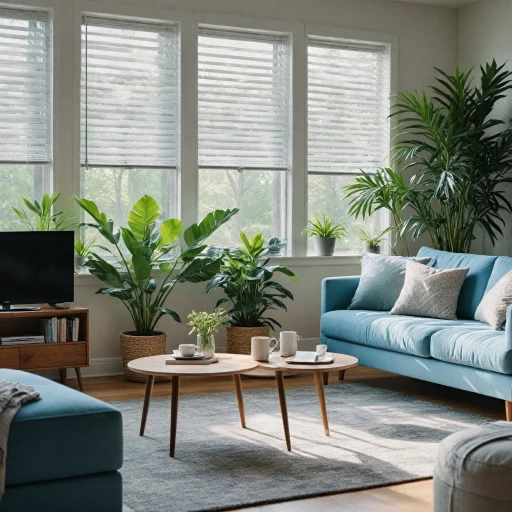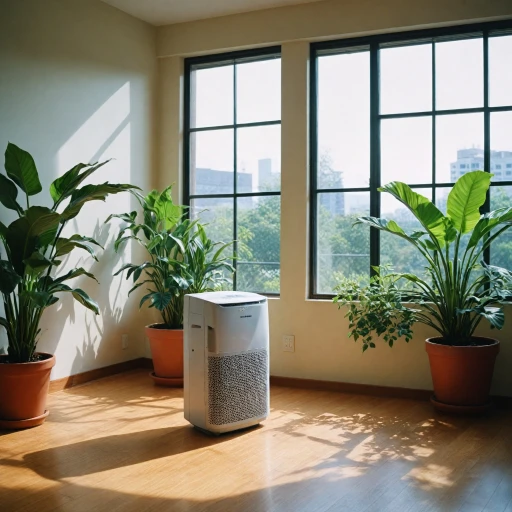
How Water-Based Air Purifiers Work
Delving into Water Filtration Mechanism
Water-based air purifiers harness a simple yet effective method to cleanse the air in your home. These purifiers work by drawing in the polluted air and directing it through a water chamber. Here, the contaminants and particles are trapped in water, making the air you breathe fresher and cleaner. Unlike traditional filters like HEPA, which rely on porous materials to capture particles, water acts as a natural filter, effectively removing dust, smoke, pollen, and other airborne particles.Benefits of Removing Contaminants with Water
One notable advantage of this process is the minimal maintenance requirements. Since water is the primary medium for filtration, you won’t need to replace the filters frequently as you would with traditional HEPA purifiers. Additionally, the process of trapping particles in water can enhance the quality of air by adding humidity to the room, which is particularly beneficial in dry environments. Water-based air purifiers are quite simple to use and very noise efficient, often producing a soothing white noise that can also aid sleep. Some models even come with additional features like LED lights or night lights, which can create a calming ambiance in the home. If you're interested in learning more about air purifiers that incorporate less frequent maintenance, you may want to read our detailed guide on the benefits of using an air purifier with a permanent filter. This can provide insights into alternative purification technologies and help in assessing the most efficient purifier for your needs.Advantages of Using Water-Based Air Purifiers
Exploring the Unique Advantages
Water-based air purifiers offer a distinctive method of air purification that sets them apart from traditional purifiers. Instead of relying solely on standard filters, these devices utilize the inherent properties of water to cleanse and freshen indoor air. This offers numerous benefits that can significantly enhance indoor air quality. First and foremost, water-based purifiers bring a natural approach to air cleaning. Using water as a filter medium, these purifiers excel at performing a dual function: they trap airborne particles while adding moisture, creating a fresher indoor environment. The effectiveness of water as a natural air filter helps remove dust, pollen, and other fine particles, resulting in clean air that promotes healthier breathing. Another advantage is the added option of using essential oils, which can be mixed into the water. This allows your purifier to act as a fragrance diffuser, introducing pleasant and soothing scents throughout the room, contributing to an improved atmosphere in your living spaces. Economical considerations cannot be overlooked. Many users find water-based air purifiers to be cost-effective. Without the need for costly replacement filters, such as HEPA filters, the ongoing expenses can be lower, making them an attractive choice for budget-conscious consumers. Some well-regarded brands, such as Sirena and Bluonics, incorporate helpful features like LED lights and quiet operation, often described as producing soothing white noise. These features make them ideal for bedrooms or nurseries where a calming nocturnal environment is desired. The added presence of a night light in some models can also be advantageous. In reviews, users often praise the variety of functionalities alongside air purification. For instance, whether you're looking at Coway or Bluonics Fresh Aire options, these purifiers are frequently commended for their price-quality balance. Understanding the full realm of advantages offered by water-based air purifiers enhances your ability to make informed decisions regarding indoor air quality and clean environment maintenance. For further insights into the comprehensive benefits they provide, you can explore more on air purifier FSA benefits.Comparing Water-Based and Traditional Air Purifiers
Comparing Water-Based Purifiers with Traditional Filters
When it comes to improving indoor air quality, both water-based and traditional air purifiers like those using HEPA filters offer unique benefits. Quality is a pivotal factor when deciding which type is best for your home. Traditional air purifiers, often featuring HEPA filters, are renowned for capturing high efficiency rates, especially when removing fine particles from the air.
In contrast, water-based air purifiers, such as the Bluonics Fresh and Sirena Twister, operate by pulling air through a water filter, capturing dust, allergens, and other particles. They're lauded for their ability to also add humidity, fresh scent via essential oils, and a more natural fragrance to the room, thanks to their air-cleaning mechanics.
- Water-based models: Known for quiet operation and often come with additional features like LED lights or white noise for a soothing environment.
- Traditional purifiers: Benefit from advances in charcoal filters that enhance odor removal and add an extra layer of purification.
These differences often reflect in their price points. While top-quality brands like Coway tend to focus on powerful HEPA filtration, water-based options can offer a cost-effective alternative with the added benefit of aesthetic appeal through features like integrated night light and aroma diffusion.
Reviews show that consumer choices often depend on specific needs such as room size or the desire for fragrance and humidity control. Both solutions efficiently improve the air quality in your home, offering fresh air whether focusing on removing harmful particles or adding a pleasant ambience.
Maintenance and Care for Water-Based Air Purifiers
Keeping Your Water-Based Air Purifier in Optimal Condition
Maintaining the performance of your water-based air purifier involves regular and careful care. Here's a concise guide to help you prolong the lifespan and efficiency of your device:- Regular Water Changes: The heart of a water-based purifier is its water reservoir, where airborne particles get trapped. Change the water daily or every few days, depending on use, to ensure that it remains effective at capturing dust and improving indoor air quality.
- Deep Cleaning: Periodically, typically every month, conduct a thorough cleaning. Rinse the water tank to remove any mineral deposits or accumulated debris that could compromise the unit's performance. This task keeps the air you breathe fresh and pleasant.
- Component Care: Other components, such as the filter, should be checked routinely. Though not all water-based systems use HEPA filters like brands such as Coway, it's crucial to monitor and replace any filters that might be present as per manufacturer instructions.
- Check the Motor: The functioning parts inside, like the motor, can occasionally need attention. Dust and particles may affect operation, so ensure they remain dust-free. Regular maintenance helps prevent white noise increases due to motor strain.
- Boosting with Essential Oils: While changing the water, consider adding a few drops of essential oils to offer a natural fragrance. This is a nice way to enhance air purification while providing a pleasant room aroma.
- LED and Night Light Features: Some purifiers come with LED night lights and other features like Bluonics Fresh Air or Sirena Twister. Ensure these features work well, and keep LED surfaces clean for optimal illumination, enhancing both ambience and functionality.
Choosing the Right Water-Based Air Purifier for Your Home
Selecting the Ideal Water-Based Air Purifier for Your Space
Choosing the right water-based air purifier involves balancing several factors to ensure it suits your indoor air quality needs while also fitting your budget and lifestyle. Here are some key considerations:- Room Size Compatibility: Look for a water-based air purifier that's designed to cover the square footage of your room. Models like Bluonics Fresh are specifically tailored to handle various room sizes efficiently, ensuring clean air circulation throughout.
- Features and Functions: Consider the additional features of water-based purifiers. Models with integrated LED lights, such as night lights or even those that emit white noise, can enhance your experience by adding ambiance and functionality. Having built-in fragrance diffusing features can also offer the bonus of circulating pleasant scents using essential oils.
- Filtration Quality: Ensure the purifier includes effective filters to handle different air impurities. While water-based purifiers inherently filter particles by using water, some models may also integrate HEPA filters for handling ultra-fine particles, offering the best of both water-based and traditional methods.
- Build and Design: The design and styling of your air purifier can affect both the decor of your room and the ease of use. Brands like Coway and Sirena offer sleek designs that complement modern homes while providing high functionality. Be sure to choose a model that fits aesthetically with your room.
- Price vs. Quality: Water-based air purifiers vary widely in price, impacted by factors such as brand, filtration capacity, and additional features. Based on reviews, affordable models like the Sirena Twister might offer great value without compromising on essential air purification benefits.
- Maintenance Ease: As discussed earlier, water-based purifiers require specific maintenance practices. Opt for models offering easy access to water tanks for cleaning and refilling. This ensures consistent performance and longevity of the purifier.
Common Misconceptions About Water-Based Air Purifiers
Dispelling Myths About Water-Based Air Purifiers
Water-based air purifiers often face misconceptions that can cloud consumer judgment. Understanding these myths can help you make an informed decision when considering an air purifier for your home.
Myth 1: Water-Based Purifiers Are Less Effective Than Traditional Filters
One common belief is that water-based purifiers are not as effective as traditional HEPA filters. While it's true that HEPA filters are highly efficient at capturing small particles, water-based purifiers offer unique benefits. They can trap larger particles and add moisture to the air, which can be beneficial in dry climates. Additionally, they often come with features like LED lights and fragrance options, enhancing the overall indoor air quality experience.
Myth 2: They Are More Expensive
Another misconception is that water-based air purifiers come with a high price tag. In reality, the cost varies widely depending on the brand and features. Brands like Bluonics and Sirena offer a range of models at different price points, making it possible to find a purifier that fits your budget without compromising on quality.
Myth 3: Maintenance Is Complicated
Some people believe that maintaining a water-based purifier is more complicated than traditional models. However, as discussed in the maintenance section, these purifiers are relatively easy to care for. Regularly changing the water and cleaning the basin can keep your purifier running efficiently. Plus, the absence of filters means you won't have to worry about replacing them, which can be a cost-saving advantage.
Myth 4: They Are Noisy
Concerns about noise levels can deter potential buyers. However, many water-based purifiers are designed to operate quietly, often producing a soothing white noise that can be less intrusive than the sound of a traditional air purifier. Some models even include a night light feature, adding to their appeal for bedroom use.
Understanding these common misconceptions can help you make a more informed choice when selecting an air purifier. Whether you prioritize air quality, ease of maintenance, or additional features, water-based purifiers offer a viable option for many households.
